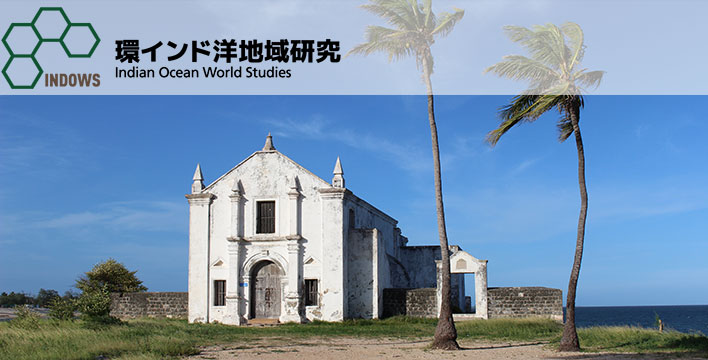
各拠点の活動 2025年度
【民博拠点】国際ワークショップ「MINDOWS Workshop: Made in Japan across the Indian Ocean」
| 日時 | 2025年7月24日(木) 13:30-17:00 |
|---|---|
| 場所 | 国立民族学博物館 第一演習室(4階)+ Zoomオンライン |
| 詳細 | MINDOWS webサイト |
【民博拠点】研究会「インド近代美術の伝播と収集をめぐるグローバル・ヒストリー」
| 日時 | 2025年7月19日(土) 13:00-17:00 |
|---|---|
| 場所 | 福岡アジア美術館 あじびホール(福岡市博多区下川端町3−1 リバレインセンタービル7・8階) ※ハイブリッド開催(参加登録いただいた方にZoom URLをお送りします) |
| 詳細 | MINDOWS webサイト |
【民博拠点】共催国際ワークショップ「Sources and Fieldwork in a Digital Age」
| 日時 | 2025年4月26日(土) 11:00-18:00 |
|---|---|
| 場所 | 国立民族学博物館 第6演習室 |
| 詳細 | MINDOWS webサイト |